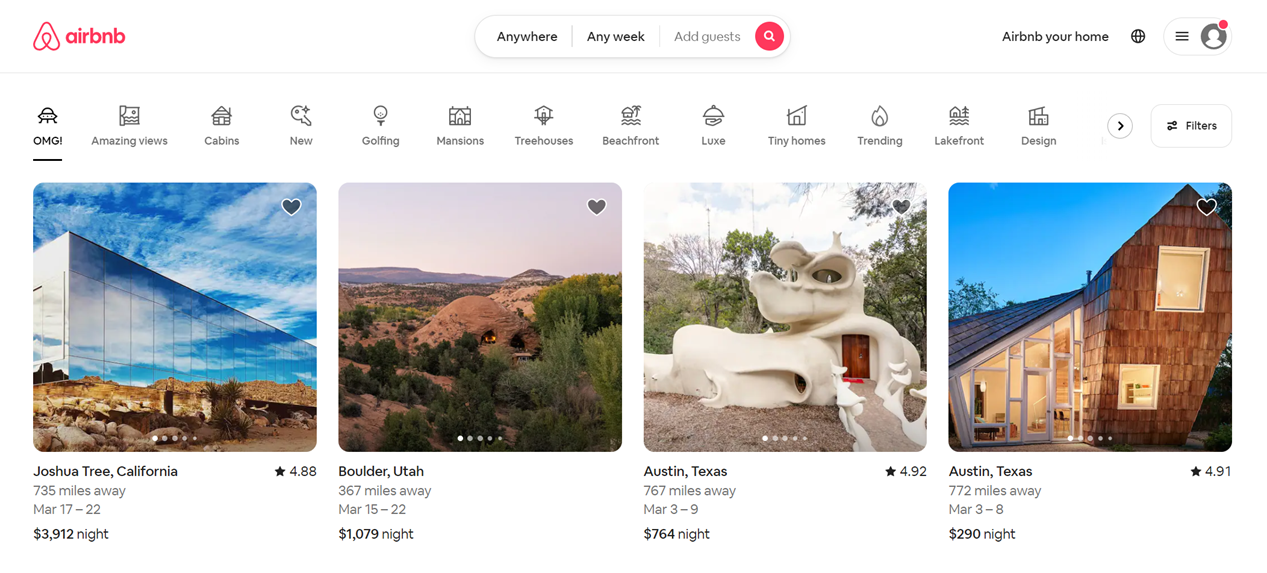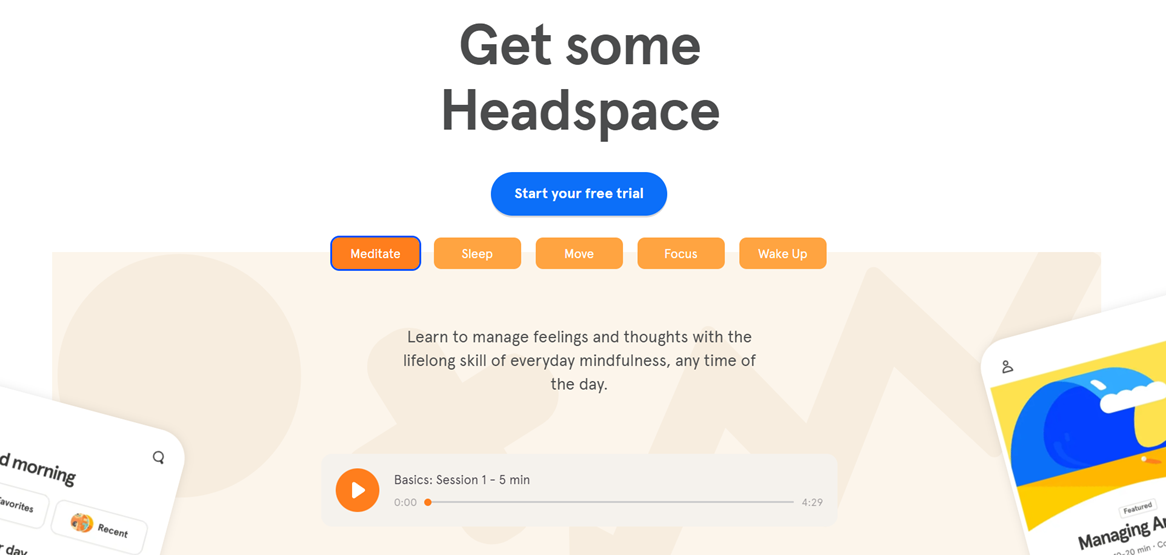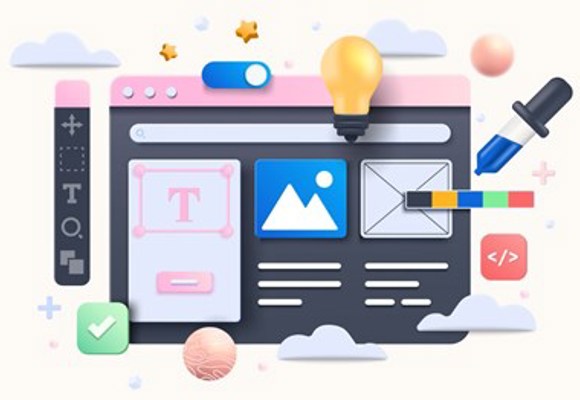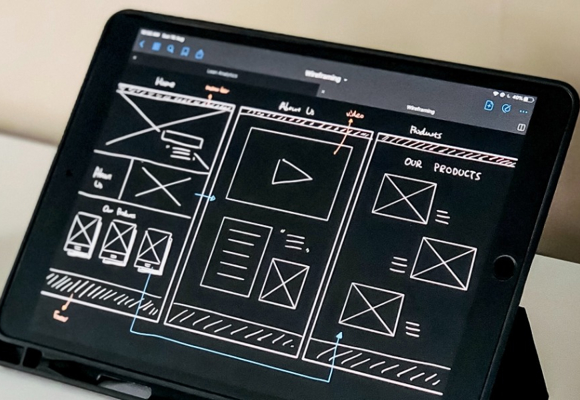March 03, 2023
Effective web design is something to take pride in. It draws people in, makes them stay, and leads to more engagement and valuable actions taken on your site. At least, in an ideal world. But you may ask yourself the valid question– how do you make the connection between design and dollars? Well, having strong visuals, smart CTA, and unequivocal authenticity is certainly a way to start!
Keep users engaged through visuals

Visitors on average leave a website after a mere 8 seconds. If designers don’t create a site with that stat in mind– prioritizing both content and UI– they may be SOL.
Nearly 50% of website users claim that web design is the number one element when assessing the credibility of a website. That’s almost half of your potential customers that you could lose to bad design. Losing half of your customer base is…simply not an option. And as an additional consequence, web design also influences both bounce rates and conversion rates, amongst other performance KPIs.
How to keep users engaged through visuals:
- Prioritize the speed of your site. if your site doesn't load in a mere two seconds, expect 47% of users to ditch it. Hello, bounce rate.
- Understand and implement Hick’s Law. The more choices an individual has, the longer it will take them to make a decision, often leading to no decision at all. Give users fewer options when applicable.
- Avoid carousels on a site. The first slide on a carousel typically receives 90 percent of clicks, while subsequent slides are simply ignored.
- Keep in mind the order a user typically views visuals: logo, navigation menu, search box, header, page text, and then the bottom of the page
Airbnb.com is a great example of an engaging web design. We are seeing an easy-to-navigate menu and the search bar, awesome captivating photos of the places you can stay at, and the information you will want to know, like dates, price, and location! You also have an easy way to save the places you would like to stay at by simply clicking on the heart in the right corner of the posting.
Consider Targeted/Smart Call-to-Action (CTA)

Once an individual has familiarized themself with your content and site navigation and decided to take action, they need an easy way to do so. Enter: your call to action. BUY NOW! CONTACT US! DOWNLOAD HERE! Perhaps get a tad more creative with your CTA than these examples.
There are basic CTAs as well as smart/targeted ones, with proof that a targeted CTA turns 42% of leads into a closed deal as opposed to a basic one. Smart button CTAs allow you to display a customized button to your different visitors based on their location, language preference, device type, referral source, and more.
CTA buttons– smart or basic– should be colorful, larger than other content, and strikingly obvious in their significance to encourage engagement. A good call to action assists with decision fatigue (another component of Hick’s Law!) and gives meaning to your content.
Here is a great example of smart CTA by Headspace! Catchy wordplay and they even offer some basic meditations for sleep, focus, etc. that you can try before starting a free trial!
Authenticity
We’re assuming that you want people to trust your site, your brand, and your whole online entity. But how do you foster that? Simple– by implementing authenticity.
In a world where consumers once wanted to see the glitz and the glam, the #fitfam facade, and the utter BS– they now want to see the real you. The era of duping consumers into believing they could lose 15 pounds, sprout luscious locks, and become rich overnight is dead. By showcasing the authenticity wrapped up in your company and offering some genuine moments, issues, and behind-the-scenes struggles– you build credibility, trust, believability, and ultimately, more valuable website action.
Authenticity also lends a hand to relatability. 54% of consumers claim that they won’t continue to follow a brand if the content doesn’t pertain to them. That makes sense, right? If you’re a vegetarian, you’re highly unlikely to follow a beef brand. But this extends to real-life relatability. 0% of your customers’ lives are perfect. Portraying the perfect life or lifestyle online is going to garner you little retention, respect, following, etc.
Ways that you can showcase authenticity online:
- Show vulnerability by opening up about tough topics to encourage your followers to share
- Acknowledge that real life is messy and relatable, and chances are, your company is too. Being self-aware is a massive part of authenticity
- Find the right balance of sharing your flaws, but not oversharing them
- Making light of a brand flaw and working diligently to fix it will go a long way
Additional ideas to bring people to your site, setting you up for valuable engagement
- Thorough topic expertise with quality content
- Organic social media
- Website analysis
- Collaborate with influencers
- Email list building
- Local SEO
- Technical SEO
- Internal linking
You want the most effective web design, and now you have practical tips and tricks at your disposal. Discover 7 Most important Items for a Succesful Website Design to ensure you get the best conversions!


